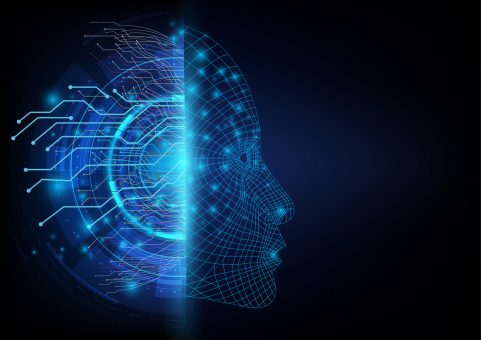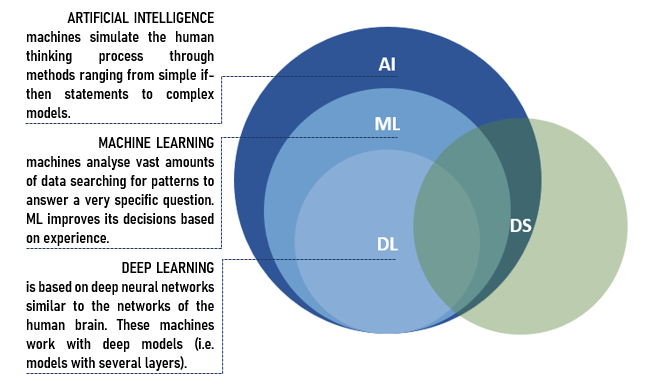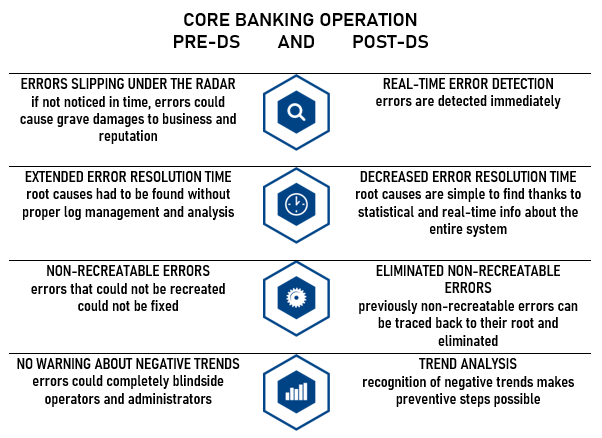
Artificial Intelligence and Data Science
AI in Banking IT – Pt. 1
Artificial intelligence (AI) is a rapidly evolving field with a cornucopia of usages and benefits everywhere you look. Banking IT is no exception. But what does AI entail? What kind of processes does it build on? What makes it so versatile? This series on AI in banking IT will give a glimpse into the key fields of AI and where and how they are used in banking IT operation. This first instalment discusses the basics of AI.
What is AI?
Contrary to popular belief and pop culture references (such as HAL 9000, the Terminator, and J.A.R.V.I.S.), AI does not mean thinking machines. Artificial Intelligence is an umbrella term for the methods by which machines simulate the human thinking processes, however, they remain incapable of jumping to conclusions by themselves.
One of the best descriptions of AI (coined by Marvin Minsky in 1967), is as follows:
“Artificial intelligence is the study of ideas to bring into being machines that respond to stimulation consistent with traditional responses from humans, given the human capacity for contemplation, judgment and intention.”
In practice, the notion of AI incorporates everything from basic computer calculations through machine learning (ML) to Deep Learning (DL). It also overlaps significantly with Data Science (DS).

The use cases of AI in Banking IT
AI is present in banking IT from the front office to the back office, in multiple shapes and forms. In the front office, it offers the possibility of using biometric recognition, intelligent chatbots, and personalized banking features. In the middle office, it plays a huge role in fraud detection efforts. In the back office, it is used in credit assessments and in tasks that ensure core banking operation excellence, such as COB Monitoring, log management, trend analysis.
As mentioned above, these Arttificial Intelligence processes often rely on Data Science methods. This is especially true in core banking operation.
What is Data Science (DS)?
Data Science is a descriptive field that uses scientific methods to capture, maintain, process, and analyse data, as well as to communicate insights based on this. It serves as the basis of many AI, ML and DL processes. It is also the basis of GAMMA’s monitoring, log management, analysing, and reporting functions.
Before DS was put to work in core banking operation, banking systems were at the mercy of errors. The infographics below explain what a game changer the new methods have been.

The deployment of Data Science-based operation solutions like GAMMA has brought huge improvements in core banking service availability (accompanied by brand image thanks to reliable service provided to customers) and a significant drop in time and money that need to be spent on operation, support, infrastructure, and even marketing.
What’s next…
While DS does huge favours for banks in terms of error prevention and resolution, Machine Learning is already standing in line and waiting for its turn to up the game with services such as computerized prediction. Our next piece on AI will discuss how and what the different subtypes of ML add to banking operation excellence.
